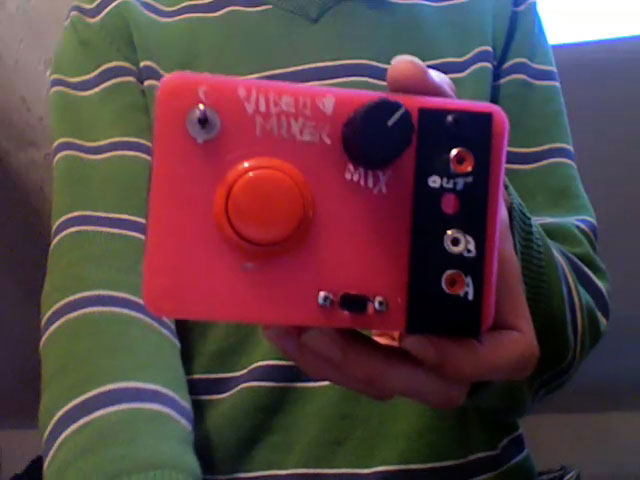"Metaphors on vision" is very much the literary equivalent of what Stan brackage is all
about in his works, what i interpret as hyper abstraction and non-objective subject matter. It
reminds me of why I seek to keep an open mind about different art forms especially the non-
traditional fields; contemporary art, experimental film, video and media art. While it true
that , we live in an age of media and digital or video artists or experimental film artists are
more respected, abstract video art tends to not be as widely recieved, is that because of the
non-objective subject matter or because of the newer medium that is being used that these forms
of art are not more widely accepted?
I used to be one to look at these forms of art and not understand or comprehend them;
like some pieces I've seen at the DMA that consist of some kind of video projection onto a bare
wall of the exhibit room. There is a process to them. There is just as much thought put into
these works as there would be for a more traditional art piece. "Metaphors on Vision" proves as
much. Works like what Brakhage and other contemporary media artists make invite us to think
harder. Or maybe the viewer doesn't think about it at all, but there is no denying that there is
an emotional response elicited from the piece. Because there is no clear subject in such works,
we as the viewer are forced to deepen our perception, like the way Brakhage encourages us to
consider that the imagery of hallucination has entered into the world of reality. That's the
beauty of these works, that artists seek to create a different mode of seeing and interpreting.
While I read this article I thought of an artist I was introduced to last semester.
This is a particular animation of his came to mind; Though it is stop motion pin screen
animation, I think in a way is a good representation of a facet of the ideas of moving
image/media art.
https://www.nfb.ca/film/imprints


